Description
ABSTRACT
An Examination of Elements of Cross-Border Leasing
Dr. Abiodun Amuda-Kannike, SAN*
Cross border or International Leasing is an option that businessmen have begun to explore in accessing property and equipment needed by their businesses. This paper considers the various types of leases and when they are usually employed. The paper also explores the basic requirements and covenants in a typical cross-border lease agreement. The paper explains that a major challenge in cross-border leases is conflict or choice of laws amongst the laws of the countries of the lessor, lessee or where the equipment is located. To solve this challenge, the Unidroit Convention on International Financial Leasing adopted by 55 countries in Ottawa Canada in 1988 provides for uniformity and standardisation in cross-border leases. The paper discusses the Convention while concluding with recommendations on how to improve the law with respect to cross-border and international leasing.
INTRODUCTION
Leasing essentially is a contractual situation where the lessee would have sought from the owner of an equipment/property who could be the manufacturer, the financier or the supplier, the approval and consent to be leased or given to him, a particular equipment/property for a period of time. The person who released the leased equipment/property is called the lessor.1 There is always the presumption unless it is otherwise agreed or stipulated that the lessee has seen the equipment/property and there is no problem with it; therefore there is always no liability as far as the issue of warranty is concerned.
International Leasing consists of two parts: one is cross-border or trans-national leasing while the second is the operations of foreign subsidiaries.2 Cross-border leasing occurs where the lessor is in one country and the lessee is in another and they have both decided to transact business irrespective of their countries of residence.3 International leasing may also occur if a leasing company does its business internationally, and for this it may belong to an international leasing association, or it may have subsidiary companies overseas who transact business acting on behalf of the parent company.4
TYPES OF CROSS-BORDER LEASES
There are various types of cross-border/international leases and it is important to appreciate the legal implication of each type to avoid problems that may arise in the course of a transaction. The various types are as follows:
Financial or Full Pay-Out Lease
This type of lease involves the lessee choosing the equipment he desires to lease from the manufacturer or distributor of the equipment. He can do this by visiting the manufacturer or by completing the transaction over the internet; browsing and picking the equipment, executing the legal documentation and paying for the lease online.
* Ph.D., BL. Principal, Amuda-Kannike (SAN) & Co and Lecturer, Faculty of Law, Niger-Delta University, Wilberforce Island, Bayelsa State
- R.M Goode, Commercial Law (Harmondsworth, Middlesex, Penguin Books, London, 1982) 843
- T.M Clark, Leasing (McGraw Hill Book Co. Ltd, London, 1978) 3 & 12
- I.D Davies, ‘International Leasing’ (1984) Journal of Business Law 468
- Ademola Yakubu , International Contract: Evolution and Theory (Malthouse Press Ltd 1999) 145-176

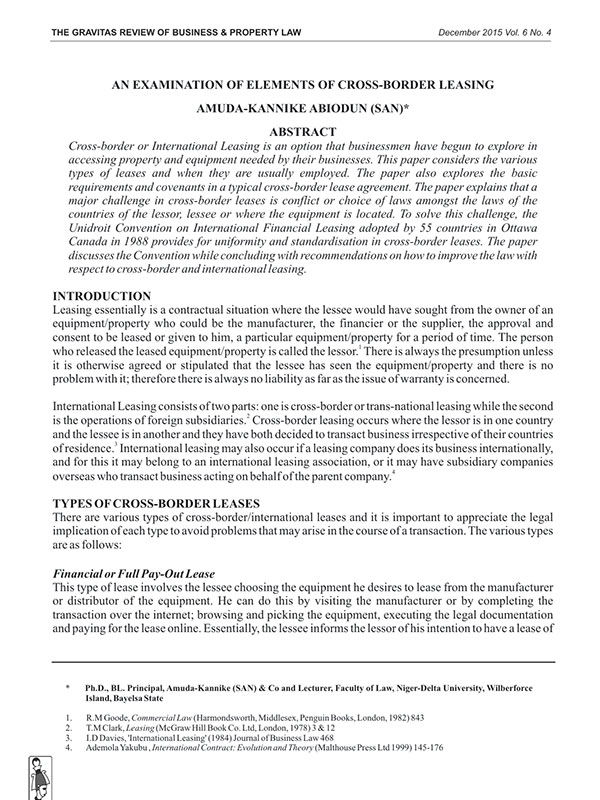
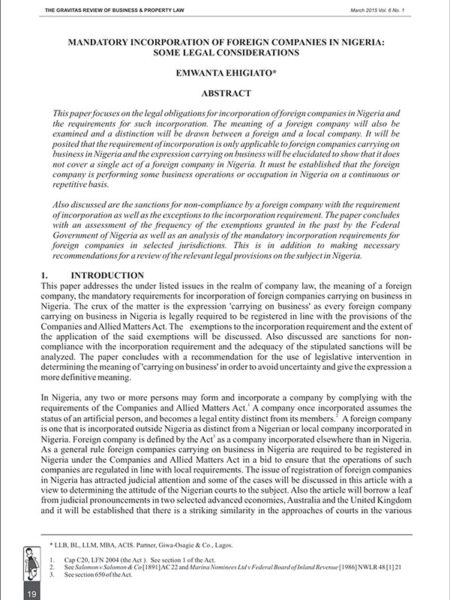
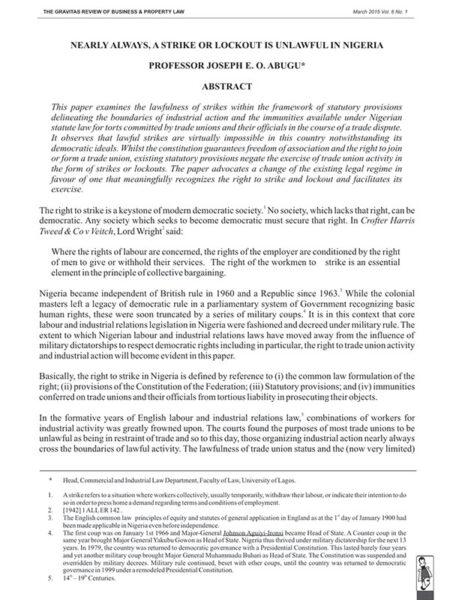
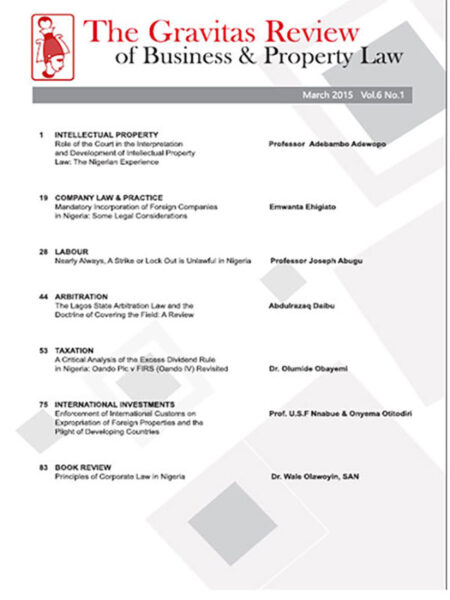

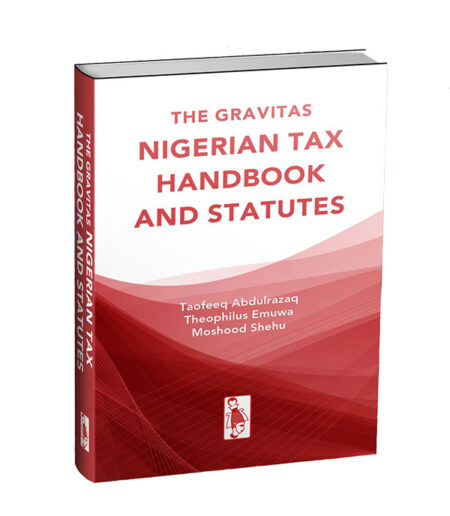

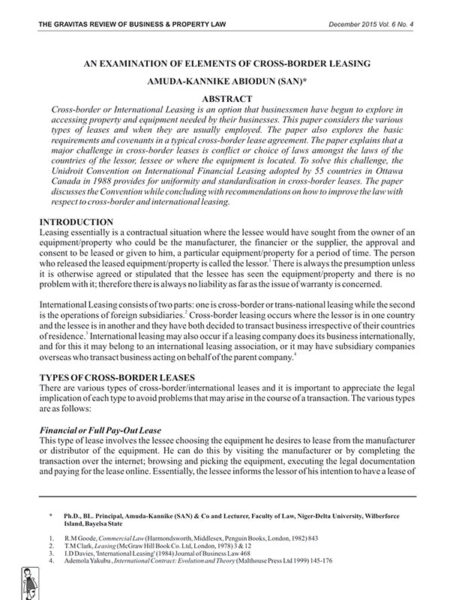
Reviews
There are no reviews yet.